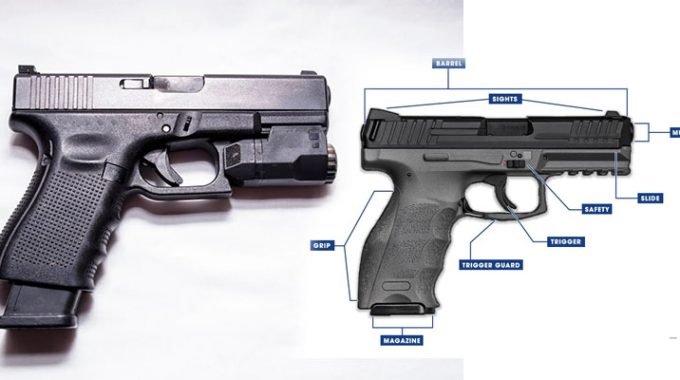Common Firearm Attachments and Their Functions
Firearm attachments play a crucial role in enhancing the performance, accuracy, and adaptability of firearms. These attachments are designed to cater to specific needs and scenarios, providing shooters with a customizable shooting experience. Whether for recreational shooting, self-defense, or tactical applications, understanding the various firearm attachments and their functions is essential for responsible gun owners. Here, we will discuss some of the most common firearm attachments and how they contribute to improving firearm capabilities.
1. Optics: Scopes and Red Dot Sights
Optics are crucial attachments that help shooters achieve improved accuracy and target acquisition. There are two primary types of optics: scopes and red dot sights.
Scopes: Scopes are magnifying devices with reticles (crosshairs) that allow shooters to view distant targets more clearly. They come in various magnification levels, such as fixed power or variable power scopes, providing shooters with a zoomed-in view of the target. Scopes are ideal for …














